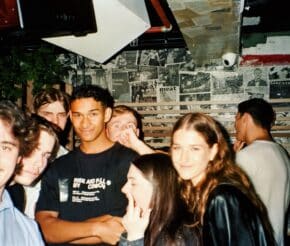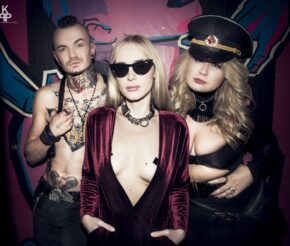- Advertise
-
Subscribe
The Drag King Monarchy Is Expanding
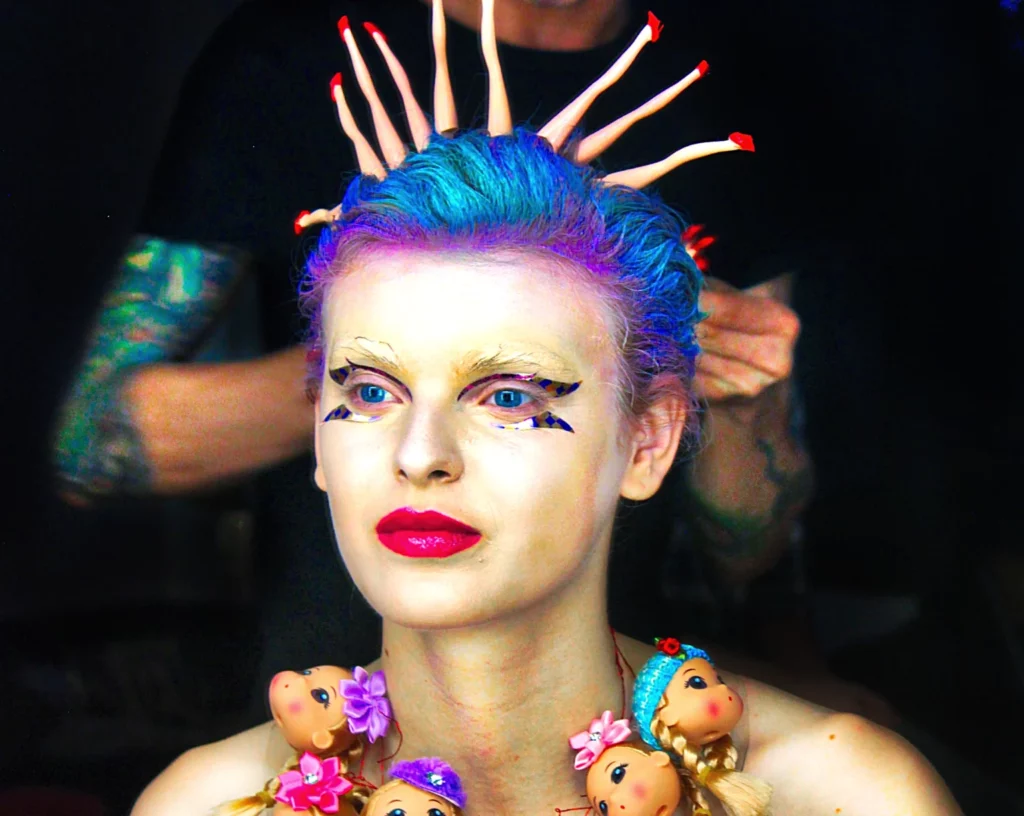
Drag, by definition, defies the rules. And that’s exactly where drag kings come in.
As a vehicle for challenging restrictive gender norms and encouraging self-expression and self-discovery, the performance art is as old as time (or, more precisely, as old as Ancient Greece).
With TV shows like Pose and RuPaul’s Drag Race solidifying their position as a staple of the entertainment world, drag is hastily transitioning from the underground to the mainstream. And we, like everyone else, are here for it.
But not all drag is being included in the zeitgeist.
While the male-to-female expression of the performance artform is starting to get the recognition it deserves, it’s only a fraction of the whole spectrum of what drag can be.
Drag kings, things, and bio queens are here, queer, and not disappearing anytime soon.
It’s about time we started giving them the recognition they deserve.
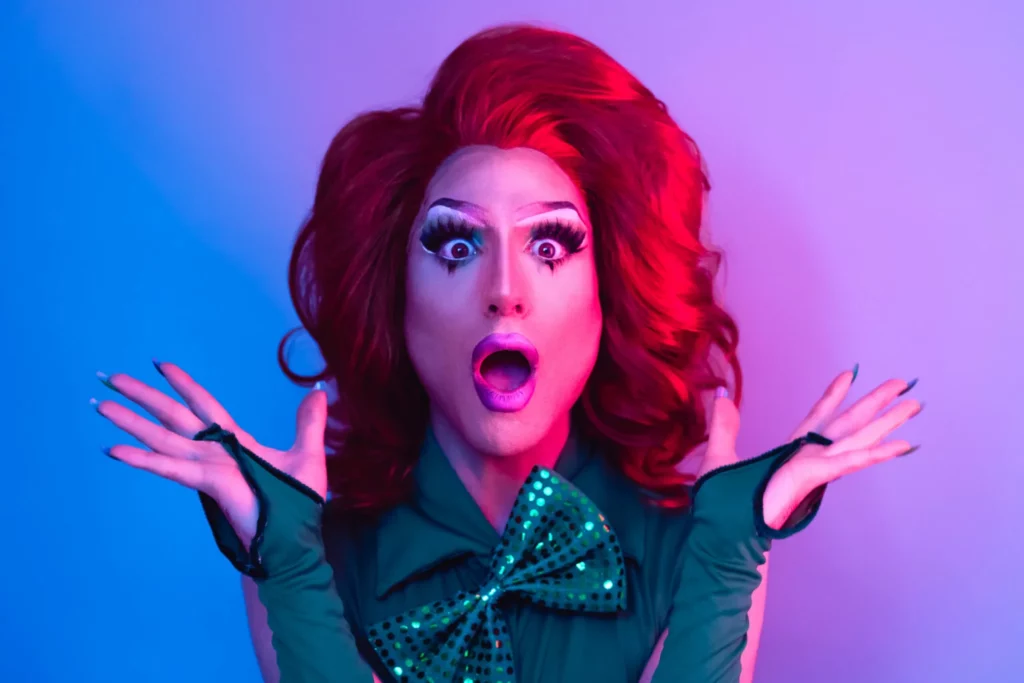
It is all about breaking the rules, why impose rules on what it should and shouldn’t be?
In the olden days, drag was defined as ‘dressing in clothes of the opposite sex’, though this is never really encompassed the spirit of the term.

The bard was no stranger to playing around with societal conceptions of gender | © Charisse Kenion / Unsplash
Originating with the practice of male actors performing female roles (since women weren’t allowed on the stage), drag started its life with young men in dresses, impersonating ‘female’ characteristics.
But ‘cross-dressing’ went both ways in the theatre world. Many Shakespeare plays featured female characters, dressing up as men to dupe their peers.
Although they would have been played by men pretending to be women pretending to be men, these characters still go to show that the idea of gender being fluid and performative category is neither new nor limited to men presenting as women.
And that’s just the Western world – expressions of gender fluidity (going both ways) have had their place in societies across the globe for centuries now.
Which begs the question: why are we stuck defining drag as a man’s show?
If you’re a drag performer who isn’t a cis man, you don’t get the same opportunities or respect
Well-loved though as it is, RuPaul’s Drag Race came under fire for its poor representation of the drag world beyond cis male performers (those whose gender identity and sex assigned at birth are male).
In an interview with The Guardian, its eponymous host declared that ‘drag loses its sense of danger and its sense of irony once it’s not men doing it’.

It was a comment that invalidated the achievements of the queer community, including drag kings, non-binary, transgender, and afab (assigned-female at birth) performers, whose work has been transformative in challenging the way society thinks about gender.
As a trans-Afro-Latinx drag king, Chiyo Gomes complained in an interview with Pink News:
“You will never see an afab queen on Drag Race, or a drag king that is afab, because Drag Race and a lot of gay men are misogynistic as f**k”
Gomes’s comments tapped into a live debate in the queer community – the question of whether or not the drag world is inherently misogynistic.
Gomes has spoken openly about their experiences of being discriminated against in the drag industry, based on their racial and gender identity.
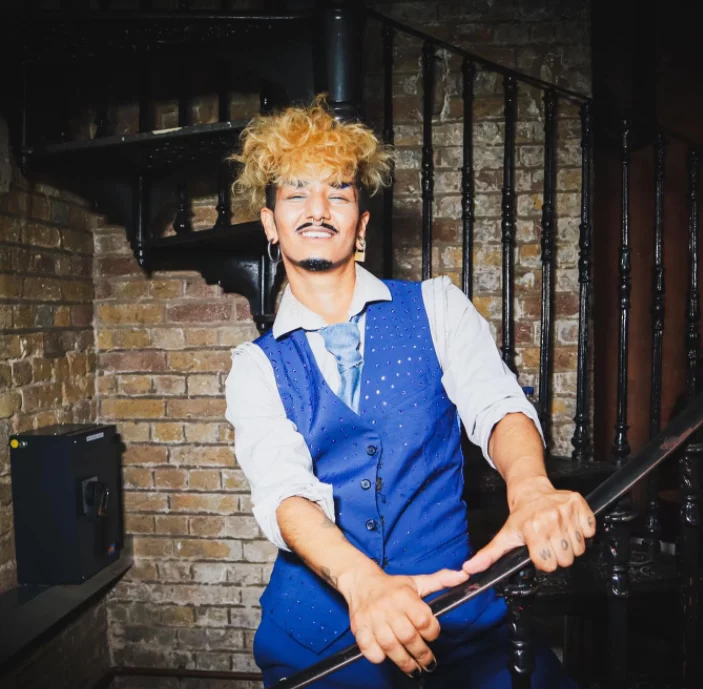
As he stated in the same interview: “every community comes with ignorance but I think particularly in the LGBTQ+ community, a lot of people like to pretend that because we’re so queer, that we can’t be ignorant”.
Gomes, like other gender-non-conforming artists, uses the stage as a place to challenge the restrictive stereotypes that have been used to hold him back.
As the caption on an Instagram post from their page, @prinxchiyo, reads:
“I’m just here to remind you that this industry AINT S**T without: Trans people, Women, and/or People of Colour. Drag goes beyond the pale, male, and stale […] let’s continue to mascot Drag that doesn’t fit their bulls**t moulds of palatability […] shout out to the icons creating their own path“
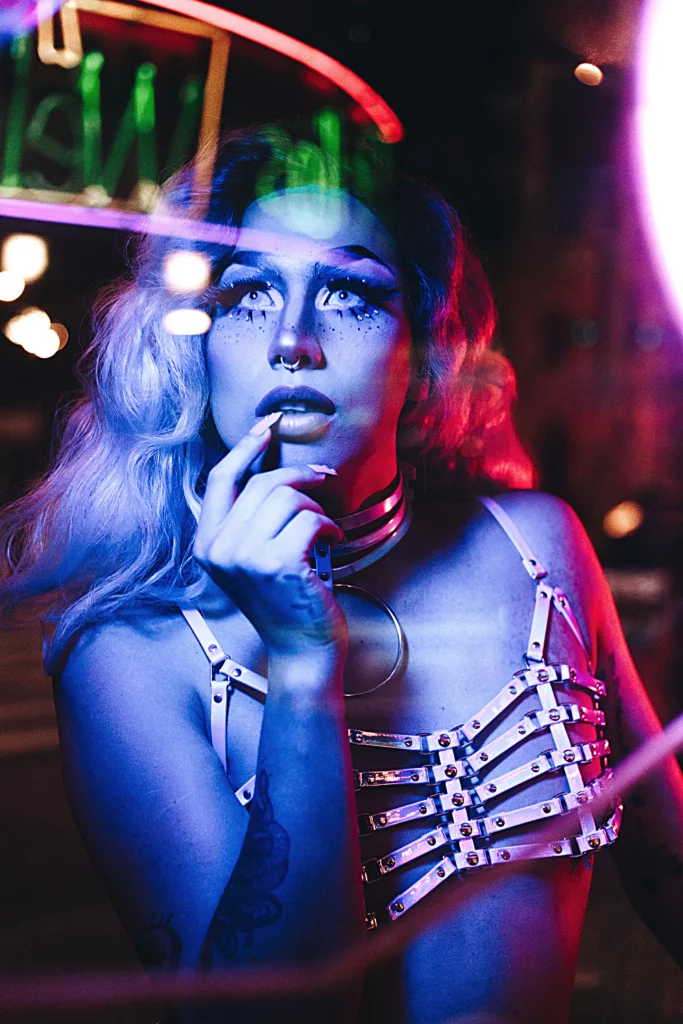
Which is part of the issue. Drag kings, things, and bio queens need to forge ‘their own paths’ because the current industry doesn’t make room for them.
The views expressed by RuPaul and the Drag Race team didn’t come about in isolation. There’s a reason why people associate performance art with men dressing up as women and little else besides.
Some think it’s a symptom of an issue prevalent in society at large – that of cis men being given more opportunities and privileges than women or gender non-conforming individuals.
In an interview with Vogue, drag king Ivory Onyx explained how sexism can still be perceived at the root of afab performers’ struggle for representation:
“Some say it’s still the patriarchy even if it’s in drag. So, there are the inherent characteristics that men are born with and nurtured with that carry over into the drag community.”
But times are changing, and drag kings, things, and bio queens are taking up space in an industry that is growing increasingly less dominated by cisgender men.
If people didn’t realise that anyone – regardless of their gender identity – can do drag before they saw Victoria Scone – Drag Race’s first afab contestant – you can bet that they do now.


